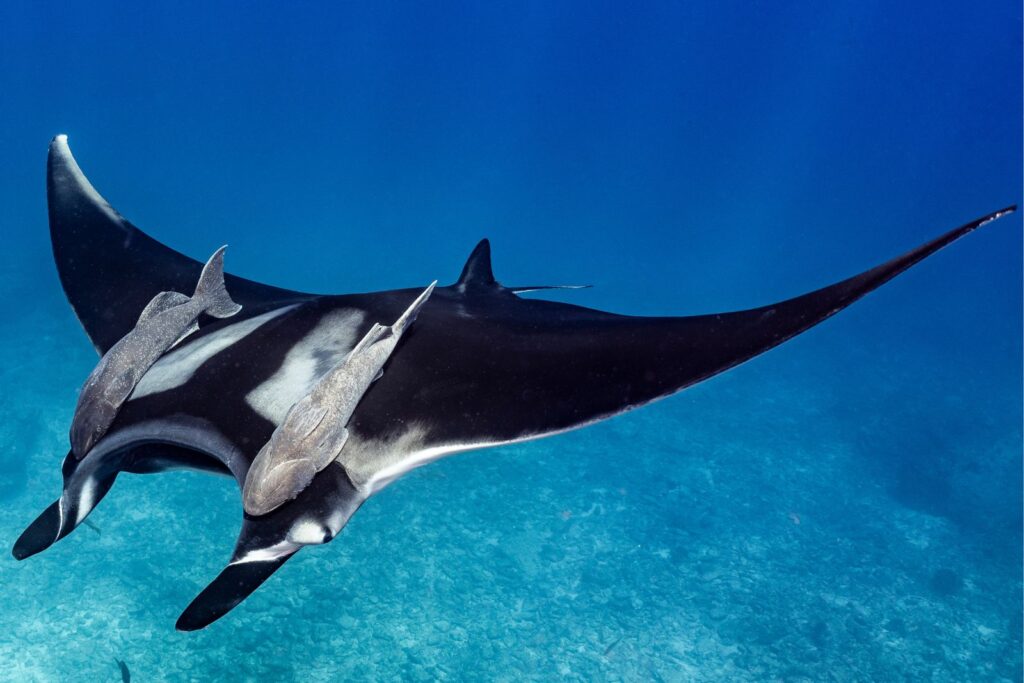Blue-footed Booby : Dance of the Colorful Seabird

The blue-footed booby, with its vibrant azure feet and comical antics, is a fascinating seabird of the Galápagos Islands. Here's what makes this bird truly unique:
Anatomy and Characteristics:
Blue-footed boobies are known for their striking appearance, with bright blue feet, pale bodies, and long, pointed wings. Their distinctive feet play a crucial role in courtship displays, signaling health and genetic fitness to potential mates.Habitat and Range:
Found primarily in the tropical and subtropical waters of the eastern Pacific Ocean, blue-footed boobies inhabit coastal regions, rocky cliffs, and offshore islands. They are well-adapted to marine life, using their streamlined bodies and powerful wings for diving and fishing.Courtship and Mating Rituals:
During the breeding season, male blue-footed boobies perform elaborate courtship displays to attract females. These displays involve intricate dances, sky-pointing, and showing off their vibrant feet through high-stepping movements. Mates form strong pair bonds and share parental duties in raising their offspring.Feeding and Diet:
Blue-footed boobies are skilled hunters, specializing in plunge-diving to catch fish near the water's surface. Their keen eyesight and streamlined bodies enable them to spot and pursue prey with remarkable precision. They feed primarily on small fish such as anchovies, sardines, and squid.Conservation Status: While blue-footed boobies are not currently considered endangered, they face threats from habitat degradation, climate change, and disturbance by humans and introduced predators. Conservation efforts are crucial for protecting their breeding colonies and marine habitats.
The blue-footed booby's vibrant plumage and captivating courtship displays make it a beloved icon of the Galápagos Islands. By learning about and appreciating these charismatic seabirds, we can work towards their conservation and the preservation of their unique island habitats.
